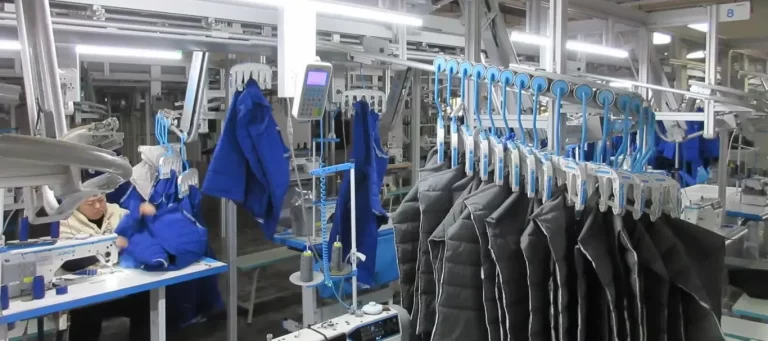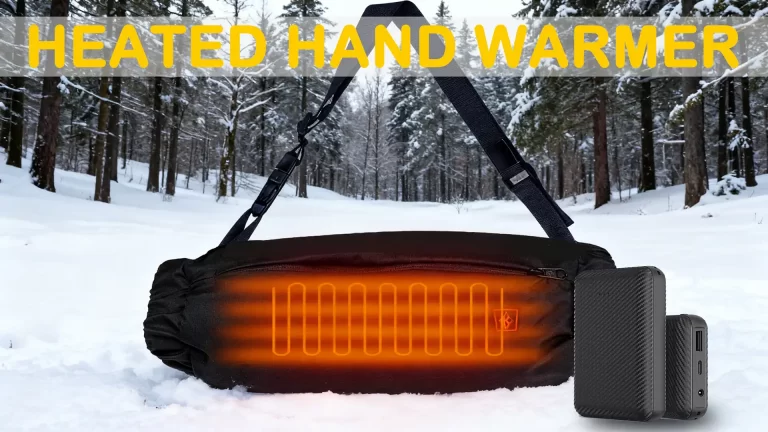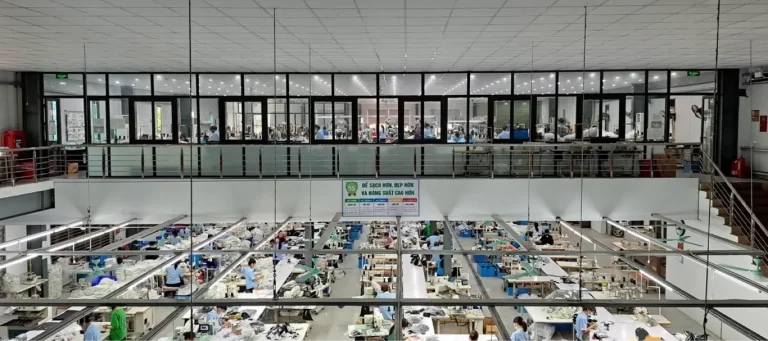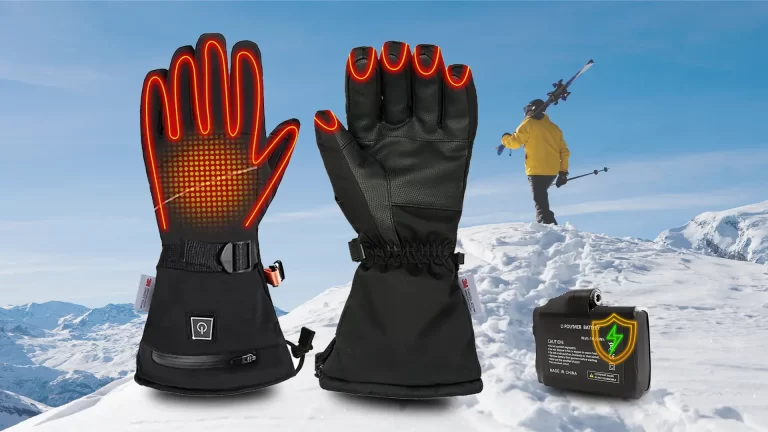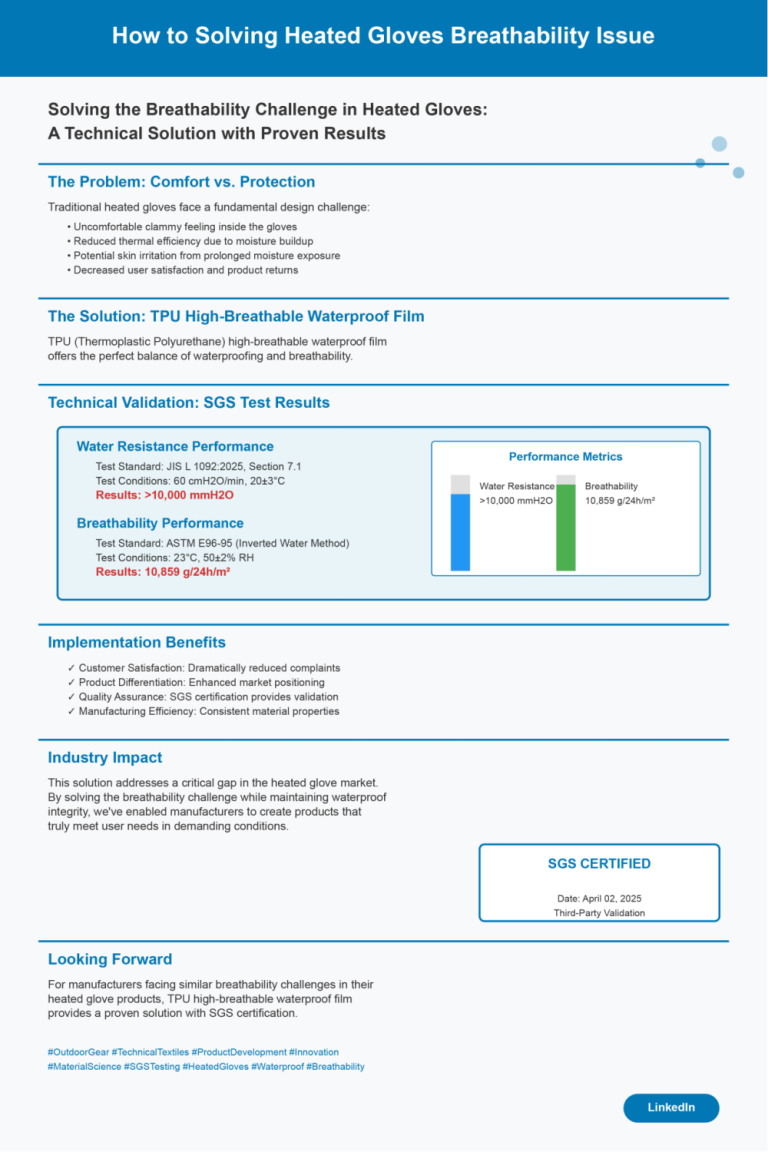Heated Jacket Market Size, Share & Trends Analysis Report By Heating Technology (Carbon fiber / conductive textile, Graphene / printed heating (flexible printed inks), Steel / resistive wire, Composite/multilayer systems), By Demographic (Men, Women, Kids / Youth), By Application (Leisure & Outdoor Sports, Industrial / Construction / Trades, Commuting / Urban Use, Defense / Public Safety / Emergency Services), By Distribution Channel (Online / E-commerce, Offline retail, B2B / Industrial procurement) and By Region(North America, Europe, APAC, Middle East and Africa, LATAM) Forecasts, 2026-2034

Heated Jacket Market Overview
The global heated jacket market size is valued at USD 392.65 million in 2025 and is estimated to reach USD 885.59 million by 2034, growing at a CAGR of 9.50% during the forecast period. The growth is propelled by rising consumer demand for wearable heating in cold climates, advances in compact batteries and flexible heating elements, and greater penetration of functional outdoor apparel in both leisure and industrial segments.
Key Market Trends & Insights
- North America dominated the market with a revenue share of 39.40% in 2025.
- Asia Pacific is anticipated to grow at the fastest CAGR of 11.3% during the forecast period.
- Based on Heating Technology, the carbon fiber and conductive textile segment held the highest market share of 52.7% in 2025.
- By demographic, the men segment is estimated to register the fastest CAGR growth of 8.25%.
- Based on application, the leisure and outdoor sports category dominated the market in 2025 with a revenue share of 48%.
- Based on Distribution Channel, the Online distribution segment is projected to register the fastest CAGR of 14.1% during the forecast period.
- U.S. dominates the market, valued at USD 90.72 million in 2024 and reaching USD 98.95 million in 2025.

Market Size & Forecast
- 2025 Market Size: USD 392.65 million
- 2034 Projected Market Size: USD 885.59 million
- CAGR (2026-2034): 9.50%
- Dominating Region: North America
- Fastest-Growing Region: Asia Pacific
The global market involves the production and sale of outerwear featuring integrated heating elements for personal thermal comfort, which outdoor enthusiasts and professionals in cold environments widely adopt. The market is driven by the increasing participation in outdoor and winter activities, rising consumer awareness of health benefits in cold weather, and continuous technological advancements in battery life and heating efficiency. As consumer expectations evolve toward smarter apparel, heated jackets are well-positioned to transition from niche novelty to a normal part of cold-weather wardrobes.
Latest Market Trends
Smart control and connectivity in heated apparel
Heated jackets are increasingly integrating digital temperature controls, Bluetooth connectivity, and even smartphone apps to monitor and adjust heating levels in real time. This trend enhances user comfort and energy efficiency by allowing precise control of heat output.
- For example, The Fieldsheer (Mobile Warming) Backcountry Heated Jacket features Bluetooth connectivity, enabling users to control heat settings and monitor the battery using the MW Connect App.
As fabrics become more conductive and sensors cheaper, the next generation of connected heated apparel is gaining traction.
Expansion in industrial, safety, and professional use cases
Beyond leisure and fashion, heated jackets are penetrating professional sectors such as construction, oil and gas, cold-storage logistics, military, and first responders. Workers in outdoor cold environments often face hypothermia risk or productivity loss in low temperatures. Heated jackets help maintain thermal comfort while preserving mobility in such conditions.
- For instance, Milwaukee’s M12 Heated TOUGHSHELL Jacket and M12 Heated AXIS Jacket with HEXON HEAT TECHNOLOGY are designed for jobsite durability and offer up to 12 hours of run-time on low.
Moreover, more tool and equipment brands are launching lines of heated apparel targeted at trade professionals, bundling heating jackets with their battery ecosystems, targeting B2B sales, and boosting the market’s reach.

Increasing outdoor recreation, cold climate commuting, and adoption in emerging markets
The expansion of cold-weather lifestyles, encompassing both increased outdoor activity and rising affluence in emerging markets, is significantly driving the market. Across high-latitude and high-altitude regions, a global surge in winter sports, trekking, and cold-climate commuting is increasing the need for non-bulky, high-performance thermal solutions. Businesses are launching products to support this demand.
Advances in battery technology and power efficiency
The improvement in battery energy density, power management circuits, and low-power heating materials (e.g., carbon-fiber threads, graphene) is a major driver propelling the market. As batteries become lighter and more capable, jackets can deliver longer heating durations without bulk. This lowers the barrier of discomfort and extends practical usage windows, making heated jackets more appealing for daily wear rather than occasional novelty.
Material and heating innovation
The growing convergence of textiles and electronics presents a major opportunity for innovation in the heated jacket market. Advances in conductive fabrics, flexible heating elements, and sustainable battery systems are transforming product design toward lighter, safer, and more energy-efficient apparel.
Overall, strategic collaborations between textile manufacturers and electronics developers will accelerate the commercialization of third-generation e-textile jackets, merging functionality, comfort, and smart adaptability for both consumer and industrial applications.
Regional Analysis

Heating Technology Insights
By Heating Technology (2022-2034)
- Carbon fiber / conductive textile
- Graphene / printed heating (flexible printed inks)
- Steel / resistive wire
- Composite/multilayer systems

Carbon fiber and conductive textile heating dominated the market with a revenue share of 52.7% in 2025 due to their cost, durability, and user comfort. Carbon-based heating threads can be easily woven or laminated into garments to create thin, flexible heating zones that conform to body motion, survive normal garment use, and provide even heat distribution.
Graphene and printed heating technologies are the fastest-growing because they promise ultra-thin, highly uniform heating with minimal bulk and potentially lower material use over time. Printed conductive inks and graphene films can be patterned precisely to create zoned heating, integrated sensors, and embedded circuit traces without bulky wiring.

As decision-makers, grasping cutting-edge industry trends and efficiently connecting custom needs are crucial for market layout.
For the latest industry frontline news, you can visit the following website for in-depth insights.
If you are seeking customized solutions for your functional apparel product line, please feel free to contact me at any time.
Leveraging our market-proven solution system, I will accurately match your requirements, solve R&D and production pain points, and help your brand build core competitiveness in the niche market Sampeo Lai .

#HeatedApparel #GrapheneTechnology #PrivateLabelManufacturing #SupplyChainStrategy #OutdoorGearIndustry #VietnamManufacturing

